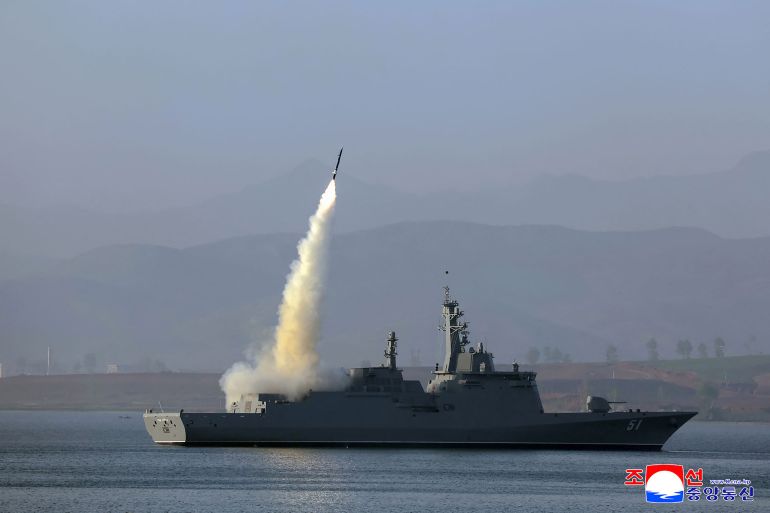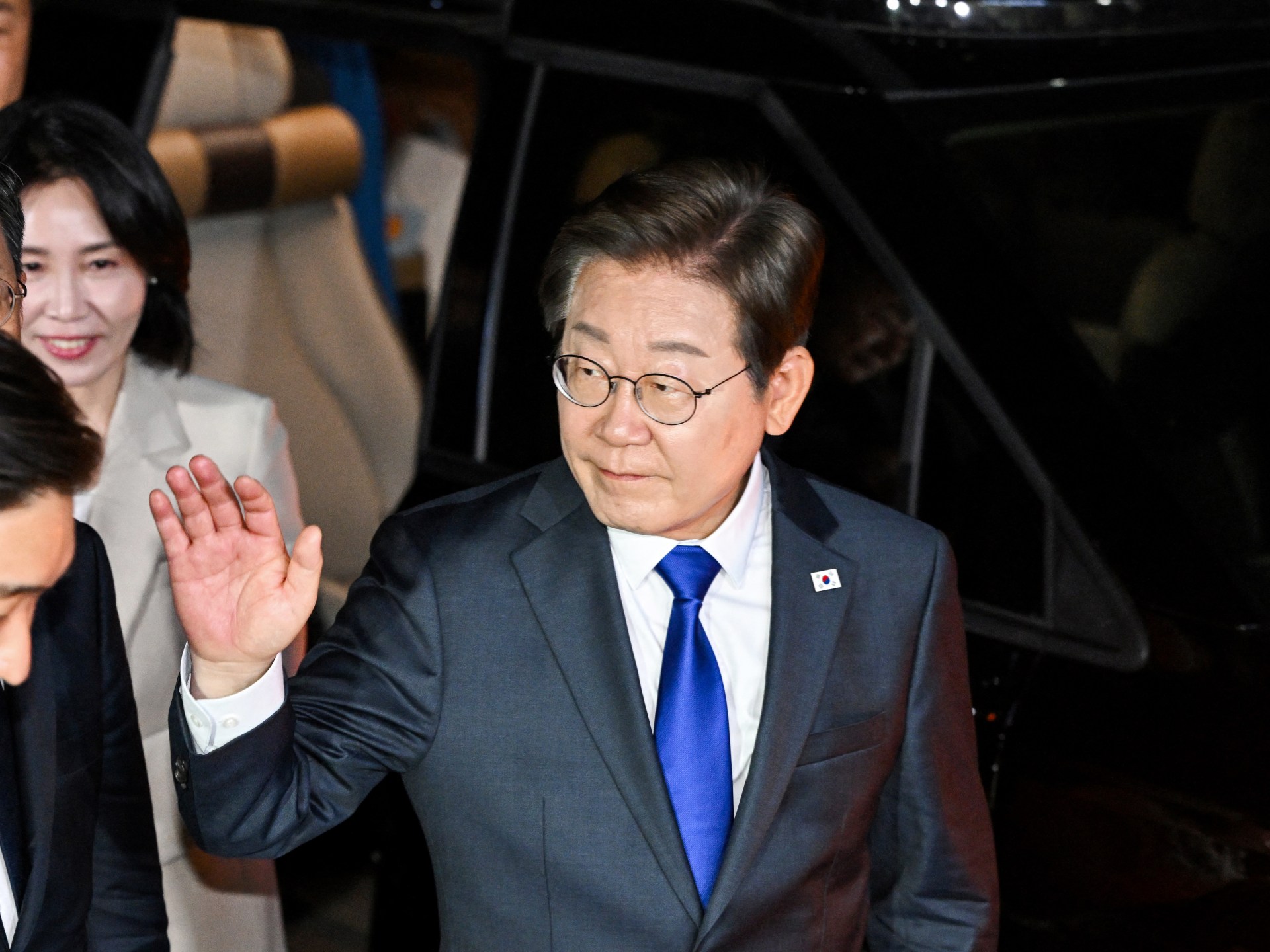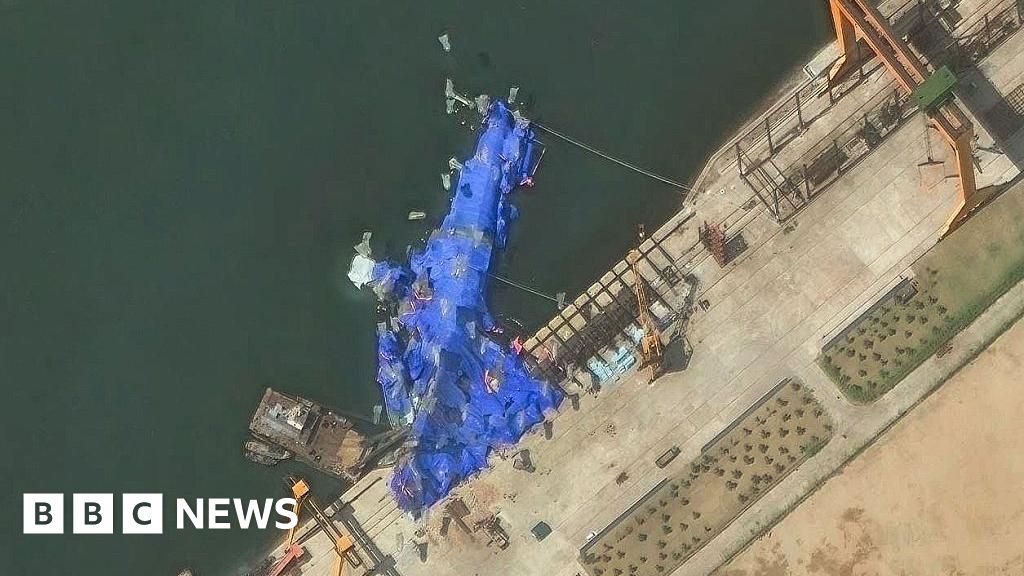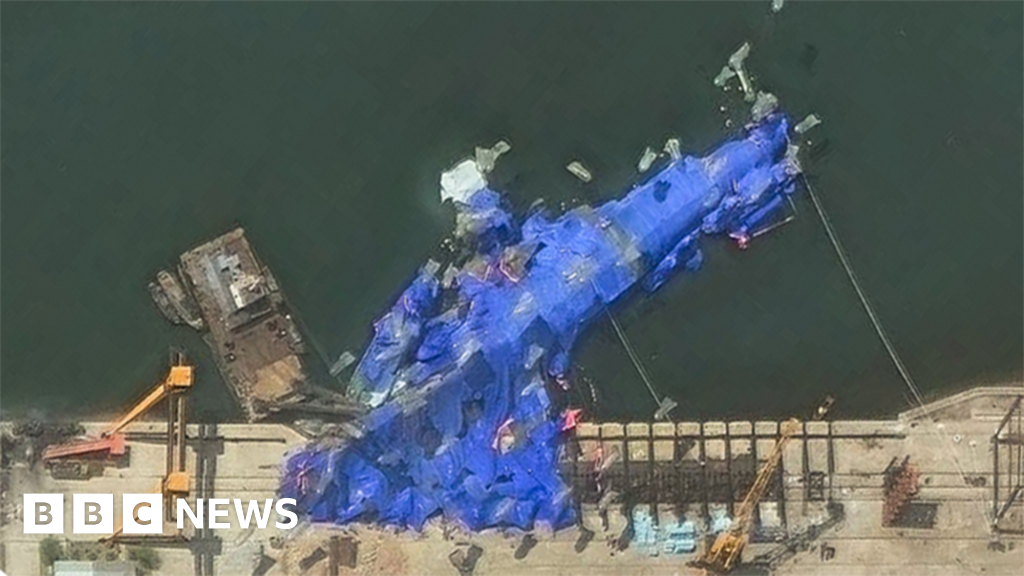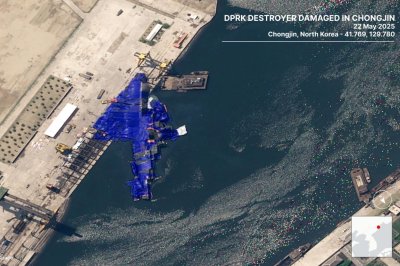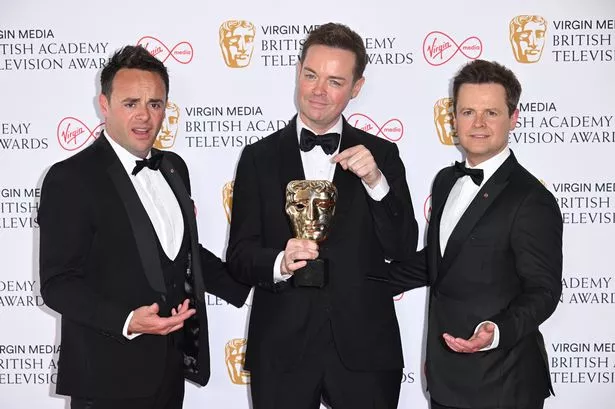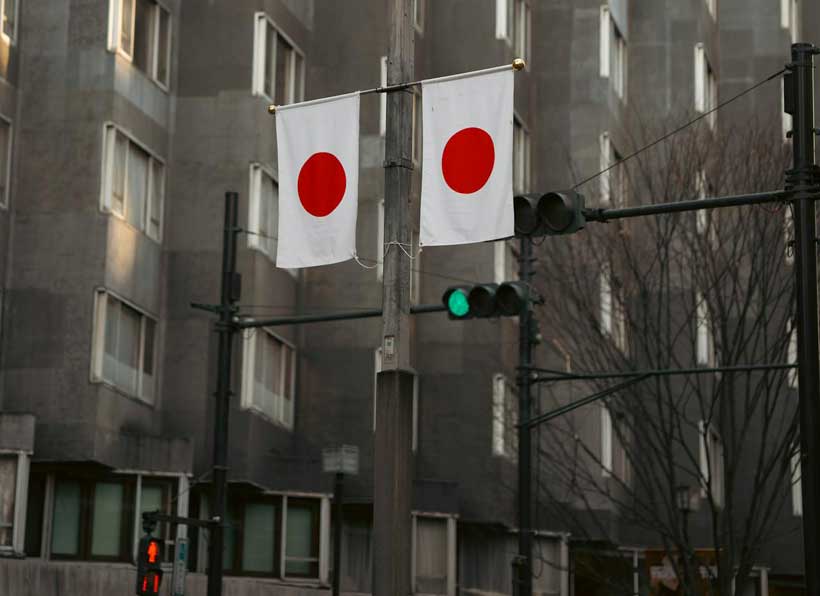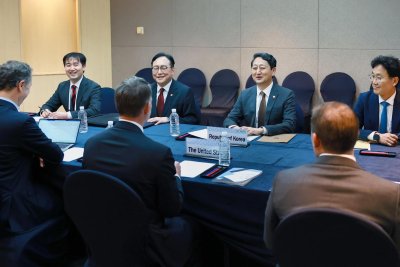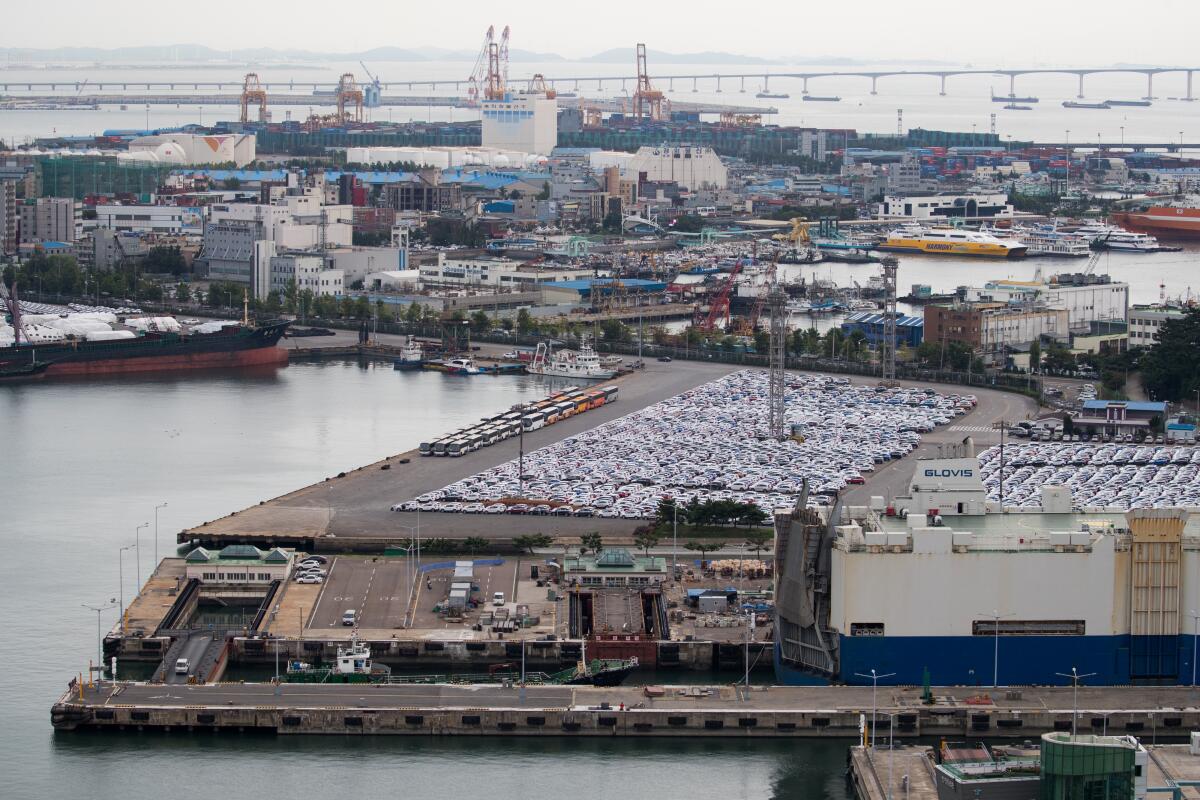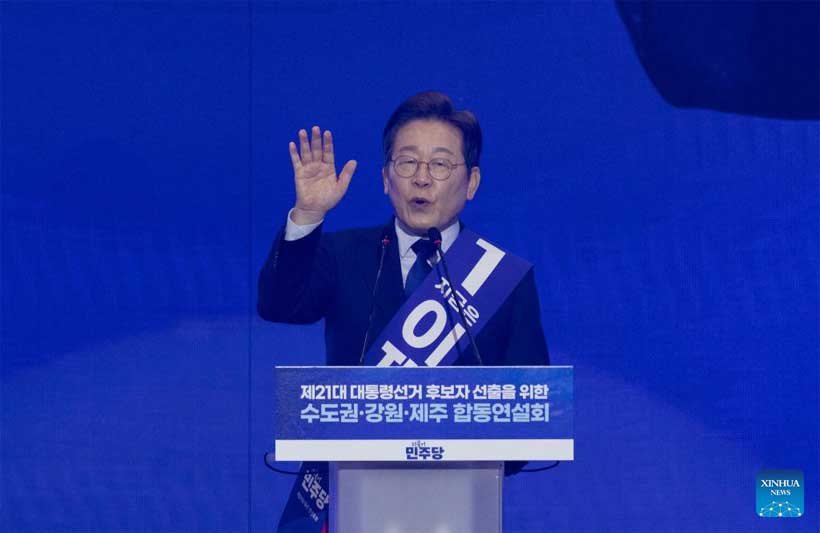Gameshow host on The Accidental Tourist getting emotional, his love for Celebrity Catchphrase and how Holly Willoughby told him she was quitting You Bet!
Stephen Mulhern says viewers will see a very different side to him in The Accidental Tourist, in which pals Ant and Dec send him on a journey of discovery to Korea. The much-loved gameshow host, whose ITV shows include Celebrity Catchphrase, Deal or No Deal and You Bet!, says he’s very happy to always hide behind his presenter alter ago.
But in the one-off special later this year, the audience will watch the real Stephen properly struggle as he pushes his boundaries by travelling to an unfamiliar country to eat food he doesn’t like with people he doesn’t know.
At the time of filming last year, he had just lost his father, Christopher, and his attempts to become more intrepid left Stephen, 48, feeling incredibly emotional at times. “No one’s ever seen me cry on the telly,” he muses now, admitting that it took nearly three years for him to be persuaded.
“But it was quite nice to not be behind a format, I’ve never done that. You’re going to see behind the razzle-dazzle, if you like. People have thankfully seen me on TV for nearly 25 years, but they may go, ‘Well, what’s he like at home? Is he going out with someone?’ I’m at the very centre of this and it’s scary.
READ MORE: Call the Midwife star lands lead role in huge 10-part BBC Jane Austen drama
“They film and they film and they film and they just get everything. I think what you’re going to see is a lot of emotion. You’ll see me totally out of my comfort zone.”
For the programme, designed to help him unleash his inner traveller, Stephen is sent to Asia, a continent he’s never visited because he only ever holidays in Florida. “I like the food and the theme parks,” he laughs. “Only Ant and Dec would choose Korea. Why couldn’t it have been Tokyo? It looks like New York.”
He says the idea to send him out into the world came about because he was so unadventurous and the Geordie pair thought it would be funny to see him learn new things. Already, the show has been compared to An Idiot Abroad, in which Ricky Gervais and Stephen Merchant sent their pal Karl Pilkington off on daft adventures. “The difference is that I got very emotional because of the timing,” he sighs. “I’m not very worldly. I don’t travel a lot. And my body’s been used to eating plain food.”
His reluctance to broaden his horizons has led to teasing from celebrity pals including Emma Willis and Holly Willoughby. “They would call me 50 Shades of Beige because of the food I eat, which is embarrassing really,” he laughs. But when he got back to the UK after filming ended, he found that the exotic diet had played havoc with his insides. “The food was just horrific, we’d try things like octopus, fish penis, something they dug out the very bottom of the sea and like a worm that’s wriggling, but when you squeeze it squirts water,” he shudders. “When I came back I couldn’t eat for two and a half weeks. I literally couldn’t stomach anything – I lost half a stone.”
He nearly quit along the way but managed to stick it out and, once home, his family asked if he’d be prepared to do it again. “The answer is, I don’t know,” he says now, looking faintly terrified at the prospect.
Having got over the experience, he does feel proud of himself, but it’s tinged with regret. “My dad had just passed away,” he says sadly. “So that’s the only thing. I’m gutted that he didn’t see it.”
Fully recovered from the ordeal, Stephen is now on screen with the final two episodes of Celebrity Catchphrase with guests including Mel Blatt, Michelle Visage and Jeremy Vine yet to come.
He’s also making a second run of You Bet! – this time without co-host Holly Willoughby, who pulled out ahead of filming. Stephen says Holly, with whom he also hosted Dancing on Ice until it was axed after the most recent series, told him in person that she didn’t want to continue with the fun challenge show. “I’m gutted she’s not doing it, but I’ve had time to think about it,” he reasons. “Bruce Forsyth was the first person to do You Bet!, and he did it on his own. Matthew Kelly made it the best show on the telly. So maybe it’s happened for the right reasons. We’ve filmed one episode already and it felt very comfortable and it felt good. I think maybe it is just a one presenter show.”
It’s been reported that her Netflix series Celebrity Bear Hunt has been dropped after one run, and he says it’ll be “interesting” to see what she does next. “I don’t know what happened. She just said, ‘Look, sorry, I can’t do it.’ She told me face to face. She said, ‘Look, I’m gutted, but it’s all over.”
For himself, he has a hard time choosing between Catchphrase and Deal or No Deal when it comes to a favourite. On the one hand he’d choose the former, because he’s hosted it for so long – and would love to see a return for the original version featuring everyday people. But he also has a lot of love for the newer show because it was his market trader dad’s favourite and he was filming it while visiting him in hospital towards the end. “We were doing three a day and he would be asking me, ‘What were the winnings today?’ So it’s very, very dear to my heart simply because of that.”
As something of a gameshow expert, Stephen believes that simplicity is the key to success. “If you can’t sum up the show in a sentence, it will never work,” he insists. “Catchphrase, say what you see. Play Your Cards Right, high or lower? You Bet, will they or won’t they? Deal Or No Deal, pick the right box. The Price Is Right, guess the prize,” he reels off. The road to failure, he believes, lies with having to think too hard as you play. “Catchphrase is a prime example of that – anyone can play it,” he says. “As I say to the contestants, if you have a good time, I promise you’ll do all right.”
With In For a Penny currently being rested, he’s decided to have a go at creating his own family entertainment show entirely from scratch. “I’m going to film a 20-minute pilot, I’m just going to invest my own money and then pitch it and see if it goes well,” he says. Inspired by the likes of Beadle’s About and Surprise, Surprise, it will involve his two favourite things – magic and practical jokes. “It’s very heartwarming as well,” he explains. “I just think it would be nice to do a show where I get to do a bit of magic and a bit of wind up, which I love doing,” he says. “I think that’s missing from our screens at the moment.”
– Celebrity Catchphrase, ITV/ITVX/STV, Sunday, 6.55pm
